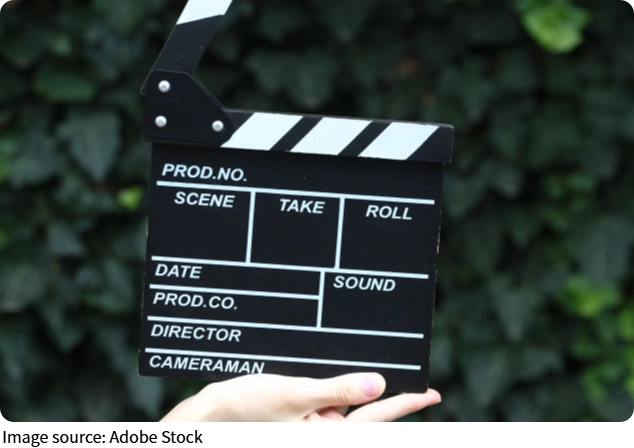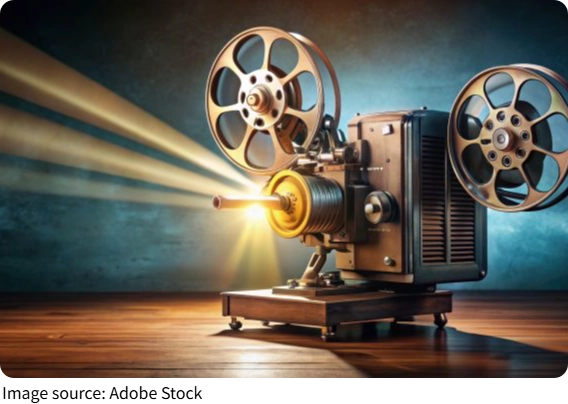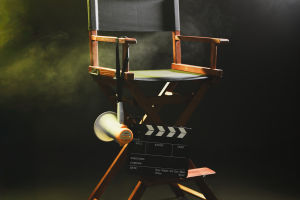Color Film Breakthrough

Before the vibrant world of Technicolor, cinema was a world of black, white, and shades of gray. From the late 1800s through the early 20th century, audiences were captivated by silent films in monochrome.
Filmmakers relied on lighting, makeup, and visual storytelling to evoke emotions and drama without the benefit of sound or color.
Although some early films experimented with hand-painted frames or color tinting to enhance scenes—especially fire, sunsets, or romantic moments—these techniques were limited, expensive, and time-consuming.
The Birth of Technicolor
The true transformation began in the early 20th century when the Technicolor Motion Picture Corporation introduced a new era of innovation. Founded in 1915, Technicolor experimented with several color processes before creating the revolutionary three-color system in the 1930s.
Earlier attempts—like the two-color process used in films such as The Toll of the Sea (1922)—produced results that looked more like tinted images than true color. But the breakthrough came with a method that could reproduce a broad range of colors on screen, finally bringing the world to life in full visual splendor.
The Groundbreaking Film: Becky Sharp (1935)
The first feature-length film to use the full three-color Technicolor process was Becky Sharp, released in 1935. Directed by Rouben Mamoulian, the movie was based on Thackeray's novel Vanity Fair and starred Miriam Hopkins. Although the storyline was not groundbreaking, the real star of the film was the use of color.
Audiences were stunned by the richness of reds, blues, and greens—shades never before seen in motion pictures. It wasn't just a visual gimmick. The color enhanced mood, atmosphere, and character, offering a whole new dimension to storytelling.
Public Reaction and Box Office Impact
The response to Becky Sharp was mixed in terms of narrative, but universally praised for its visuals. Moviegoers flocked to see the "miracle of color" in person, and filmmakers took notice. The color revolution had begun. Studios realized that color was not just an artistic choice—it was a competitive advantage. Audiences were increasingly drawn to the novelty and richness of color, even if the storylines remained conventional.
The Expansion of Color Cinema
Soon after Becky Sharp, other films followed in its colorful footsteps. Walt Disney's Snow White and the Seven Dwarfs (1937) became the first full-length animated feature in Technicolor and a massive commercial success. It proved that color could be more than a visual treat—it could help tell deeply emotional, dramatic, and funny stories in a way that black-and-white films could not.
Movies like The Adventures of Robin Hood (1938) and The Wizard of Oz (1939) cemented color as the new cinematic standard.
Challenges of Early Color Films
Despite the excitement, early color filmmaking came with significant challenges. The equipment was bulky, lighting had to be extremely bright, and film stock was costly. Technicolor required a special camera that used three separate reels of film simultaneously, which limited movement and spontaneity.
Makeup and costumes also had to be carefully chosen to look appealing under Technicolor's unique lighting requirements. Filmmakers had to rethink every aspect of their craft—from lighting design to wardrobe and set decoration.
Gradual Industry Transformation
It wasn't until the 1950s that color became the industry standard. During this transitional period, many filmmakers still preferred black-and-white for artistic or budget reasons. However, as costs dropped and color technology improved, audiences began to expect—and demand—color in their films.
In 1953, the introduction of Eastmancolor, a simpler and more affordable single-strip color film, made the technology widely accessible. By the mid-1960s, color had overtaken black-and-white as the dominant format in Hollywood.
Color as a Narrative Tool
One of the most important changes brought about by color film was its ability to shape narrative through visual storytelling. Directors could now use color to signal emotion, danger, memory, or fantasy. In The Wizard of Oz, for example, the shift from sepia-toned Kansas to the vibrant land of Oz symbolizes a journey from ordinary life into a magical dream world.
Similarly, color was used in Alfred Hitchcock's Vertigo (1958) to reflect psychological tension and emotional states, deepening the viewer's connection to the characters and story.
Modern Legacy of the First Color Film
Today, color is an inseparable part of cinema. Even though black-and-white films are still made occasionally for artistic reasons, color remains the norm. Modern filmmakers use digital tools to manipulate and enhance color for maximum emotional and visual impact. But it all began with a small, ambitious film in 1935 that dared to break the mold.
Becky Sharp may not be as famous today as the movies it inspired, but its legacy lives on in every vibrant, colorful frame we see on screen.
Why the Color Revolution Matters
The shift from black-and-white to color was more than a technical upgrade—it was a revolution in storytelling, creativity, and audience engagement. It allowed filmmakers to craft deeper visual metaphors, evoke emotions more vividly, and make their films more immersive. The introduction of color opened doors to new genres, visual styles, and global cinematic trends that are still evolving today.

From Silent Shadows to Living Color
Imagine watching your favorite movie today without color. It's hard to picture, isn't it? The world of film owes much of its richness and diversity to that single leap from grayscale to vivid hues. The first color film was not just a novelty—it was a turning point. So the next time you watch a film bursting with color, take a moment to appreciate the journey that brought us here.
What Do You Think?
Do you have a favorite colorful film that would never work in black-and-white? Or are there black-and-white classics you think should have stayed that way? Let us know your thoughts and join the conversation about how color changed the way we see stories on screen.
-
 Birth of CinemaHow Early Inventions Transformed Moving Images from Magic Lanterns to Motion Picture Film!
Birth of CinemaHow Early Inventions Transformed Moving Images from Magic Lanterns to Motion Picture Film! -
 Birth of CinemaHow Early Inventions Transformed Moving Images from Magic Lanterns to Motion Picture Film!
Birth of CinemaHow Early Inventions Transformed Moving Images from Magic Lanterns to Motion Picture Film! -
 Color Film BreakthroughHow the First Color Film Revolutionized Cinema and Transformed the Movie-Going Experience.
Color Film BreakthroughHow the First Color Film Revolutionized Cinema and Transformed the Movie-Going Experience.